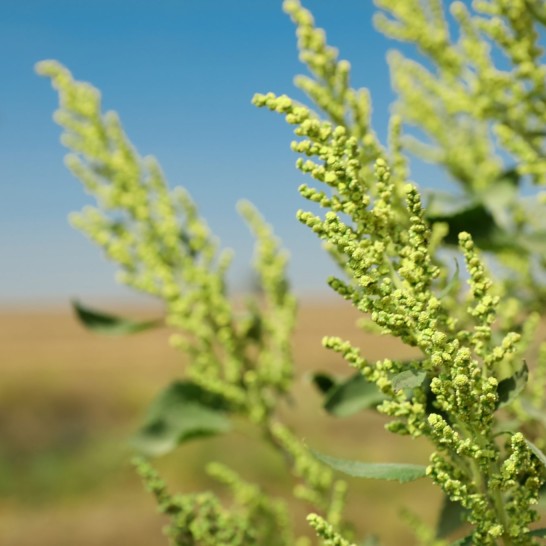Possible hope for hay fever suffers: a new approach for measuring the properties and spread of airborne pollen, aimed at improving the forecasting of this natural allergen has been published.
Pollen is considered to be one of the main causes of allergies and also a major contributor to pollution. Pollen is a fine to coarse powder, protected by a hard outer covering and it is easily spread through the air. A research team has found that pollen particles from trees are distributed in the lower part of the atmosphere in cities. This is caused by small air currents, air updrafts and downdrafts, as well as by good weather conditions, such as high temperatures and low relative humidity. Using these findings the research team have developed a model to help with pollen forecasting. This is based on a new method called Polarisation lidar (Light Detection and Ranging). The new technology operates in a similar way to radar. The method measures the difference in time between sending a laser pulse up into the sky and receiving the back-reflected laser pulse. This allows the distance between the instrument and the reflecting object (pollution particles in this case) to be computed. Using these sophisticated laser techniques, the team measured some different optical properties of airborne pollen and can make estimates as to the movement of pollen particles. It is hoped that this will work as a more accurate forecast to predict high pollen areas. The research was led by Dr Mueller of the University of Hertfordshire’s School of Physics, Astronomy and Mathematics (U.K.). The findings have been published in the journal Atmospheric Environment. The article is titled “Influence of biogenic pollen on optical properties of atmospheric aerosols observed by lidar over Gwangju, South Korea”.
###
By Tim Sandle
Jan 1, 2014
digitaljournal.com
You may also be interested in . . .
A Deep Dive into Summertime Allergies
As the warmth of summer graces us with its presence, many of us are eager to embrace outdoor activities and soak up the sun. However, along with the…
Botanical Sexism: Does it impact allergy sufferers?
What is Botanical Sexism? Tom Ogren, horticulturist and allergy researcher, has done extensive research on ways to reduce pollen counts and pollen…
Ragweed and Fall Pollen Allergies
Back to school season is here! Shorter days, crisp, cool evenings, and beautiful fall foliage are on the horizon. This time also marks the onset of weed…



